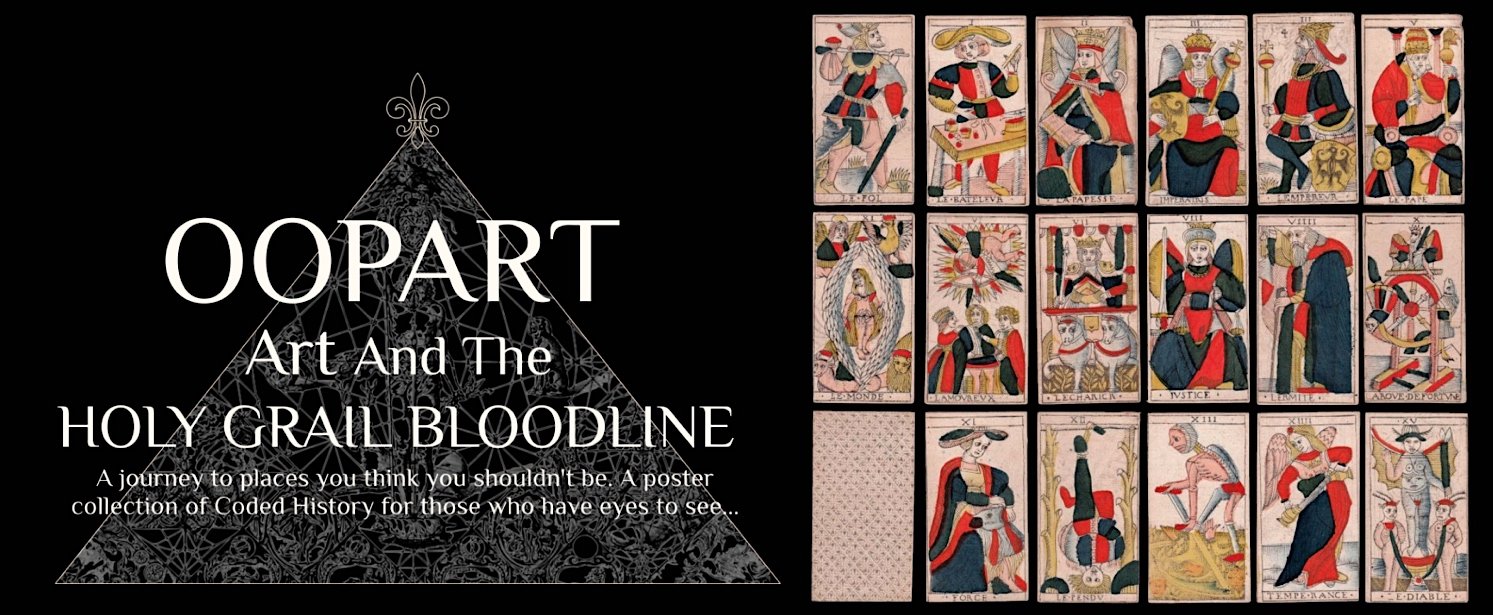Still Dancing at 104 Years Old!
Eileen Kramer is an inspirational artist for me personally. At 104 years old Eileen is still dancing professionally. This is not a made up story. Eileen really is 104 years old and still moves as beautifully as when she first took the stage in her early 20s, and says the best years of her life have been since she turned 100 years of age.
"You do have to prepare for age, and I've prepared by always doing creative work and doing my best to ignore everything else. I still like to see myself looking well and good, made up, dressed nicely and doing something ... I still like to wear lipstick ....I still have emotions I still become deeply moved by something. There’s a contemporary spirit in Australia which has infected me, so I'm able to get a new idea on an old dance and rework it with a fresh outlook." The amazing artist told the Australian news network ABC.
Born in Mosman Bay, a suburb of Sydney at the beginning of World War 1, in 1914. Eileen grew up interested in music, attending the Sydney Conservatorium of Music and hoped to be an opera singer. After seeing performance by Vienna's Bodenwieser the modern dance company captured her heart. Eileen then danced under Madame Gertrud Bodenwieser, as part of the first modern dance company in Australia in 1939. At 22 years old, Eileen considered herself a late bloomer when she first immersed herself in dance. Now she is the oldest choreographer in the world.
Eileen left Australia for 60 years performing around the world and sharing society with the likes of Chico Marx, Ella Fitzgerald, and Louis Armstrong. Living in Paris, India, London, and New York. In Paris, France, Eileen learned the twist from jazz maestro Louis Armstrong one on one.
The longest working dancer and choreographer in Australia, if not the world, the spritely century and 4 years old continues to choreograph and create every day. Dedicated to living a creatively rich life there has not been a lack of challenges. After 20 year hiatus from dancing to care for her ailing husband in New York, Eileen returned to Sydney at age 99, but was given accommodation for people deemed at risk of homelessness.
"I thought I brought a lot of money with me, but they said no ... if you use up all your money, even with a pension you still might not have enough to pay the rent in Sydney," Eileen told Dance Magazine.
To celebrate her 103rd birthday Eileen choreographed A Buddha's Wife, along with making the costumes and staring in the production as a 17 year old princess. "
I'm taking a chance, but it's to do with her feelings, not with her age, I know this sounds a bit silly but I still feel like the little girl I used to be, and that's when I started doing creative work.”
A Buddha's Wife is a dance drama that is inspired by her travels in India. The story is about a woman dealing with the grief of being left by her husband. It explores the themes of abandonment and finding peace.
The dance style “is Central European Expressionism, that was the style of the first modern dance, it was called expressive dance and I still work in that style. I love this style because it gives you freedom, it's a very beautiful style, it's not too classical.”
This dance work is deeply personal. It is co-produced by choreographer, dancer and film-maker Sue Healy and celebrates Eileen's life and career. Travel has been a major part of Eileen's life. Journeying through India in the 1960s, as well as Pakistan, Africa and Europe.
Settling in the United States in the early 1980s and working Trillium Performing Arts in Lewisberg.
“Australia didn't have all the different companies it has now, it's quite exciting to come back and see the dance world flourishing.”
Eileen says she doesn't get nervous before she approaches the stage as dancing is simply second nature to her.
“My favorite part is that you're making order of life, you choose a subject, you choreograph it and make order of it. Whereas in life it may be complicated or upsetting, so you go on stage and make order of it. I’ve done it all my life, I start at the beginning and go onto the end, it's like the way people write a book. I don't get nervous but I don't stand and talk to people, I remain really quiet before I go on stage. There is a great feeling of love when you go on stage, you are giving all of your love to the audience.. …when you're creating something you don't look ahead too much, you think about how you're getting things done in the present. I don't like hobbies very much, I'm professional, my work is not a hobby but some people don't want to make a career out of dancing. But it is still good for your health, your psychological state and it connects you with other people. I would tell others to go to it, practice and also read a lot, and look at paintings and learn about history, it all helps in the act of creation.”
When asked which is the highlight of her career Eileen found it difficult to pinpoint one occasion. She did say that one of her favorite aspect of dance is being able to leave an impression on people, thus making herself happy in the process.
“…I danced for a group of Japanese people and it was such a nice experience seeing the smiles on their faces, those moments are priceless.”
Eileen returned to Australia at the age of 99.
“I was working with a company in America and suddenly I thought, I want to hear a kookaburra and smell some gum trees,”
Eileen also starred in a music video for Lacey Cole's debut album Other Ways To Say The Same when at the age of 100.
"Everything happens at 100, everything changes," Eileen Kramer told the Sydney Morning Herald. An enchanting dancer and choreographer Eileen has received more attention than usual since entered triple digits, an age she describes as "magical."
Even more impressive than the fact that at 104 she still dances is how she dances, with soft and sinuous gestures that move like billowing folds of fabric. According to Huff Post.
Eileen is also a published author and coauthor with 3 titles in her portfolio, “Walkabout Dancer”, “The Heliotropians”, and “Eileen”.
Eileen was interviewed by Grace Gassin of Dance Informa Magazine about her book “Eileen”.
Your book is in the form of a series of short stories and discusses your life in Sydney before you became a dancer. Why did you decide to write it in this way as opposed to a more traditional autobiography?
“I was more interested in the stories of the other people I lived with in the Phillip St courtyard. I actually expected to write more stories about them than I did. As we started, the book became just as much about me as it did about them.”
Have you found any parallels between creating dance and writing?
“Oh yes, of course. First of all, it’s a question of composition — knowing how to compose a paragraph interestingly is the same as, you know, how to choreograph a section of a dance. No matter what, it still has to be interesting and attractive to the audience. Knowing in your gut that it looks right or sounds right — some people achieve that with knowledge, and others achieve that with instinct. The creative side of yourself, like anything else in the world, it’s very rare that you go straight off from the page without much trouble.”
While many people much younger than you spend most of their days seated, you still dance every day. What inspires you to keep going? Are there things you find hard as an older dancer?
“I do what is available to an older dancer. I try to perfect what I’m still able to do. I don’t try to do what I can no longer do. And that doesn’t bother me one bit. My creative spirit is stronger than my physiological problems! I’m still a human being. I still want to be loved, I still want to be thought of as beautiful, so I’m still vain. I’m still nervous before going on stage, I still have to question myself as to whether I’m telling the truth.”
A lot of dancers in their teens worry they’ve started too late, but you started dance late and here you are, still dancing. What would you say to those who are picking up the art form at some point after childhood?
“I think the school of expressive dance has no age barrier; you can start whenever you want. Don’t forget your childhood [and] how simple it was to say what you wanted. There were no policemen there to tell us we couldn’t do something artistically. So I’d tell people to forget about age, just remember what you did and how you felt when you were a child, and what you’ve done with the experience you’ve had since then.
I can only speak for myself, but I’ve noticed that the more technically brilliant a dancer may be, [the more] she or he seems to feel that s/he can no longer do what they once could. For me, dancing was mostly to do with enjoying what movement I was able to create with my upper body. I was never a very acrobatic dancer who was able to do amazing physical things with my legs, not like some of the other Bodenwieser dancers who had started at the age of four.
Madam [Bodenwieser] was a very loving teacher, and she had assistants who paid more attention to the technical side of things while she was there to teach us to be expressive. Now that she has gone, I realise how much she actually did teach me. I can analyse a movement and see the possibilities which could emerge from that one organic movement. I was a late starter, but instinctively, I think, I was always a dancer.”
What do you hope your readers will take away from the book you’ve written?
“I hope they’ll say that it was a great little book! I also hope that they’ll feel they’ve had a glimpse into early Sydney — into what it was like living in the centre of the city in the late 1930s; that they’ll be able to imagine living in the Phillip St courtyard with my friends, all artists, all learning about the world around us. Like Rosaleen Norton, a very sweet and forthright girl who was my dear friend. I went away from Australia for 60 years, and in that time Rose became the ‘Witch of Kings Cross’. When I lived with her, I only thought she was pretending to be a witch! Some people said she went on to be notorious, but I never saw that aspect of her. She was my friend, and I loved her.”
“I hope the reader will get a snapshot of a Sydney that was much simpler. We didn’t used to say, ‘Oh, Madam is coming over soon to choreograph a dance.’ We would say, ‘Madam is coming over to make up a new dance.’ It was all spontaneous.”
Eileen Kramer’s self-titled book “Eileen” is published by Melbourne Books and distributed by Penguin and sold in select bookshops.


















